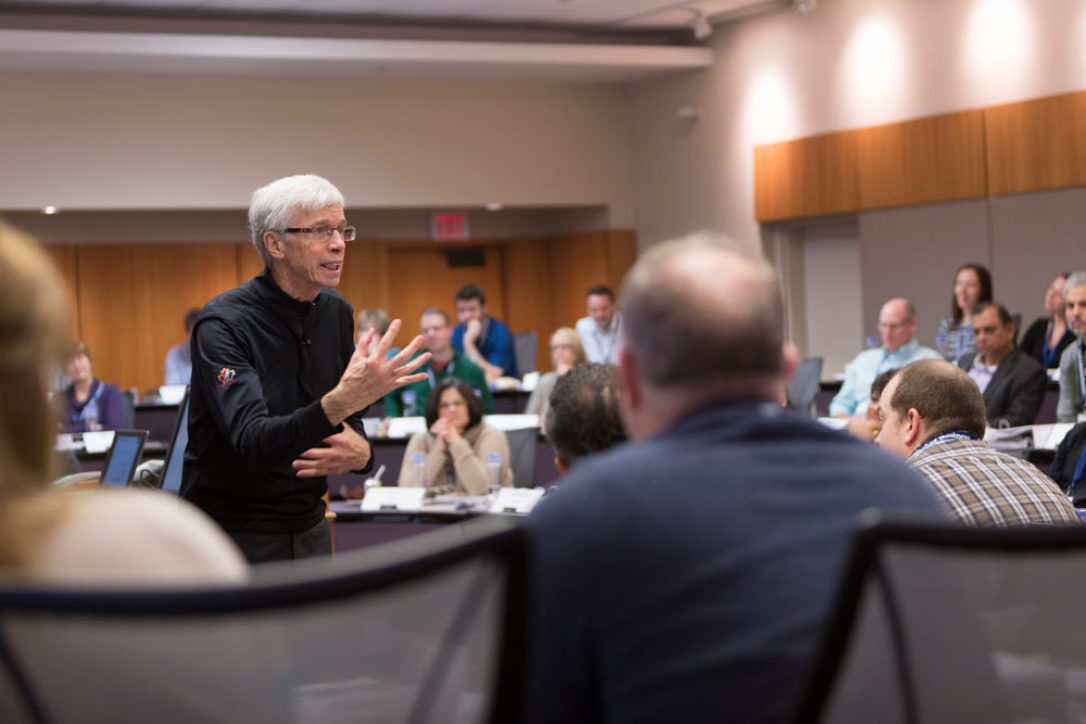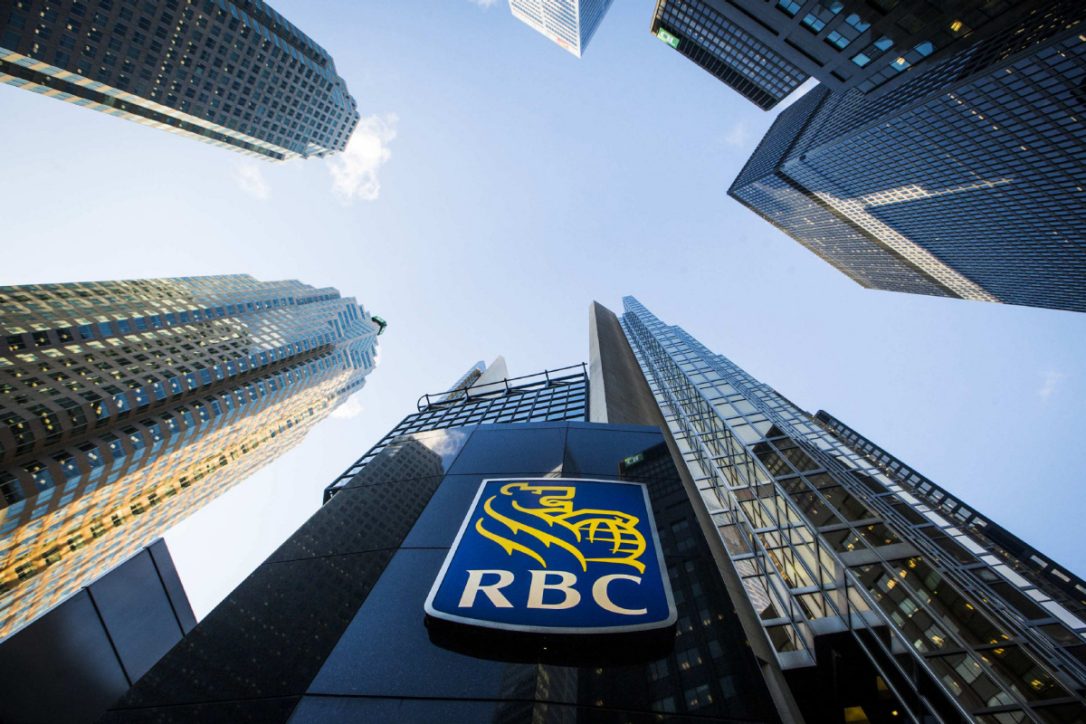The Secret to Workplace Resiliency

Peter Jensen, PhD, understands resiliency. As an internationally recognized authority on high performance, he has worked with more than 70 medal-winning athletes and coaches. Most recently, he authored Thriving in a 24-7 World, which shows readers how to manage their energy not only to perform better, but also live a happier life.
While Jensen has spent years helping athletes manage their energy and unlock resiliency, his advice can also make a huge difference in the high-pressure world of business.
“When I use the word ‘resiliency,’ please don’t think you are learning to grow a thicker skin,” said Jensen during a recent webinar for Smith School of Business, which offers a two-day program on strategic mindfulness and resiliency through its suite of executive education programs. “Resiliency is about how quickly you bounce back from failure and disappointment.”
Central for Jensen is the idea that energy is our most vital resource. Too often, he argues, we act as thermometers, letting our energy level simply adjust to the temperature around us. We must instead, he says, learn to become thermostats — consciously setting the temperature in any situation to maximize performance.
“In my work with athletes, learning to control their [energy] level is the single most important thing that they do to get out all their skills at crucial times,” he says. “You choke when your [energy] level gets too high and you miss critical information.”
Energy, says Jensen, starts with what we all know: adequate amounts of sleep, fitness and nutrition. Equally important, he adds, is literally taking a deep breath. This can make a huge difference in decreasing energy levels and ensuring you stay focused on that important meeting.
“The wonderful thing about breathing techniques is you can practice them anywhere and no one knows you’re doing them,” he says. “You’ll be astounded at how quickly you can lower your [energy] level. It is an incredibly effective skill.”
So what happens when you need to turn the thermostat up instead of down? Ironically, Jensen suggests slowing down and breaking up your day. Taking five- to 10-minute breaks every 90 minutes can offer a much-needed energy boost. Jensen even has a solution for anyone who says his or her day doesn’t allow for breaks.
“Smokers have no trouble getting outside every 90 minutes or so. I encourage you to do everything but the smoking part,” he says.
To remain resilient under pressure, the thermostat must work consistently, and Jensen says that energy drain must be minimized to accomplish this. First, learn to sort out the things over which you do and don’t have control. Secondly, be mindful of self-talk.
“The voice that’s worried about this presentation or whatever, that’s a young voice from a time when you were uncertain in the world,” he says. “So, you’ve got what you’re telling yourself, what you’re imagining and then you’ve got the feelings. Now, here’s the good news: Under every emotion is the energy to transform, the energy to move forward.
“I always say to performers, ‘What’s the setback teaching you?’ It’s just saying that you’ve got something to learn, or change, or adjust, or modify, or improve, or let go of. Most of life’s lessons are not friendly. And how we talk to ourselves is critical.”
To learn more about the benefits of resilience and how to apply this knowledge on a daily basis, contact an advisor or register online for the Queen’s Executive Education program on Strategic Mindfulness and Resilience.








